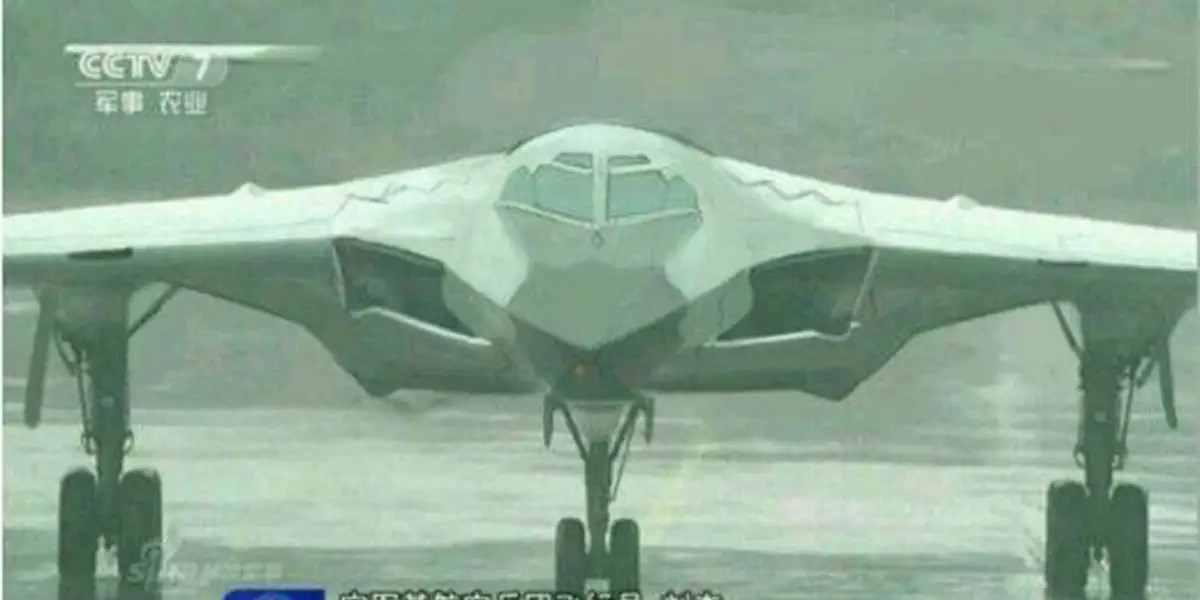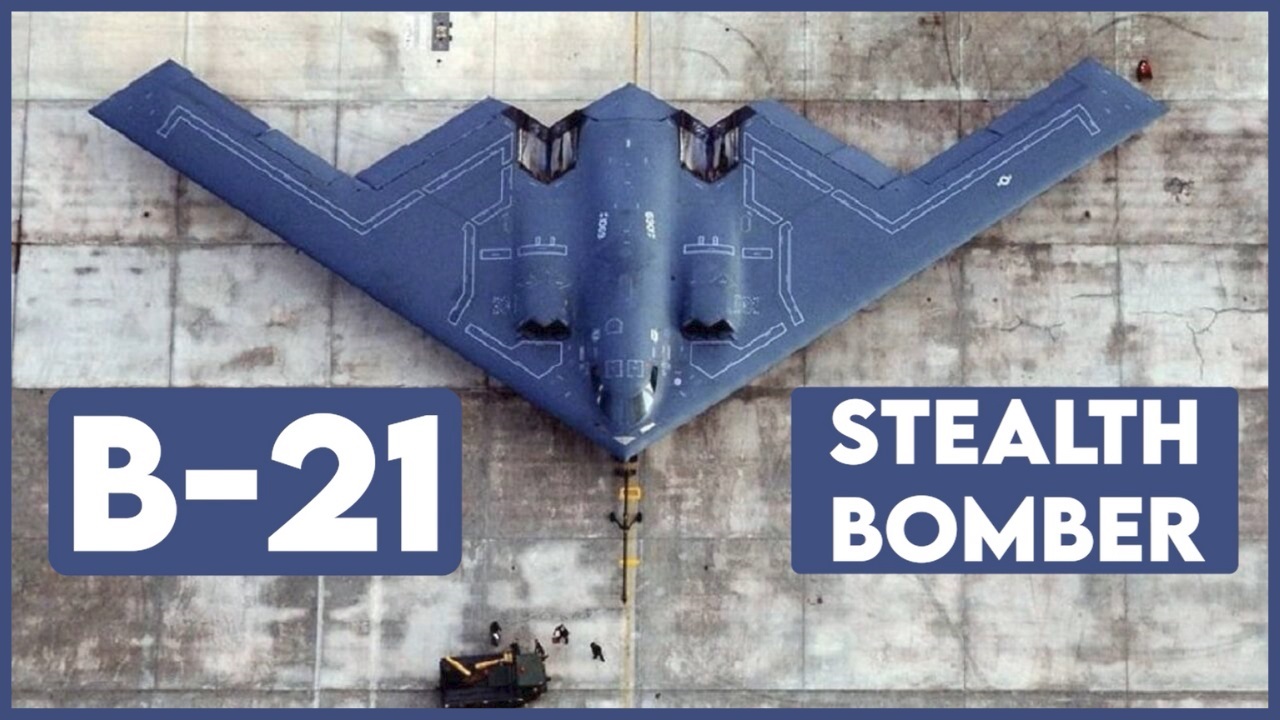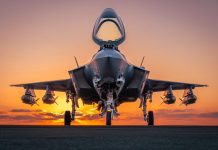Even as China’s next-generation H-20 bomber inches closer to its much-anticipated debut, the US intelligence official has insinuated that the upcoming Chinese aircraft is no match for the US B-21 Raider bomber. Earlier, Chinese state media lambasted the B-21 Raider and pitched it against its 8500-km ranged H20.
Speaking to reporters on condition of anonymity, a US Department of Defense (DoD) intelligence official said that the US authorities are certain that China’s new long-range stealth bomber, the Xi’an H-20, won’t live up to American designs, whatever its potential, Breaking Defense reported.
“The thing with the H-20 is when you actually look at the system design, it’s probably nowhere near as good as US LO [low observable] platforms, particularly more advanced ones that we have coming down.” The official further added, “They’ve run into a lot of engineering design challenges, in terms of how do you actually make that system capability function similarly to, like, a B-2 or a B-21.”
The official, however, did not elaborate on the engineering challenges he was referring to. The Chinese People’s Liberation Army Air Force’s (PLAAF) H-20 is expected to be the answer to the US B-21 Raider, which was unveiled last year and has since entered low-rate production. Chinese experts are yet to respond to these ‘seemingly’ tall claims made by the US official, at the time of writing this report.
The statement comes a month after the PLA Air Force deputy commander, Wang Wei, stated that the much-awaited H-20, China’s first strategic stealth bomber, would be unveiled to the public shortly. Chinese state media hinted in July that the country was planning to conduct a flight test of the bomber.
“You may choose to unveil it just because they want to show that they’re a great, you know, military power. That doesn’t necessarily mean it actually delivers them the kind of capability that they would need or at the quantity that they would need,” the DoD intelligence official said. When asked if the H-20 was a cause for concern, the official said, “Not really.”
The US official’s comments, however, are in stark contrast to China’s assertions about the bomber. The PLAAF deputy commander told Chinese media last month that the bomber was worth the hype because it had not faced any technical challenges during development.
At that time, Wang stated that “there is no bottleneck, and all problems can be solved” in response to a question concerning whether the H-20 had experienced technological bottlenecks. “Our scientific researchers are progressing well, they are fully capable,” he added.
Wang said that after the aircraft’s test flights, it would be commissioned and put into mass production, which would happen in time for its upcoming official public debut. He stressed that the PLA Air Force’s capabilities would be significantly enhanced by the commissioning of the H-20 and that “[the H-20 is] to be proud of; it is worth the excitement.”
Despite the Chinese assertions, the United States appears to be unconvinced.
However, it is not the only one. China has also expressed skepticism and suspicion over the US bomber B-21 Raider’s capabilities. Earlier this year, Chinese military analysts questioned the expedited production, pointing out that the demonstrator and prototype phases often take years to complete before production begins.

The Chinese state media mouthpiece Global Times expressed skepticism over the hasty decision in February this year and wrote it off as “US obsession with containing China.” Several Chinese analysts said that the B-21’s size, payload capacity, and range were being reduced to reduce production and maintenance costs.
US B-21 Raider vs Chinese H-20 Bomber
The goal of the US Air Force is to field a fleet of at least 100 B-21 Raiders, the first of which is expected to go into service in the middle of the 2020s. The B-21 Raider will be wholly integrated into the fleet by the 2030s, replacing the outdated B-1B Lancers and B-2 Spirits. This will complete the intended fleet of two bombers, which consists of 76 modernized B-52J Stratofortresses.
The B-21, hailed by the US Air Force as the world’s first sixth-generation aircraft, promises a new era of capability and flexibility by seamlessly integrating data, sensors, and weapons. Initially, the Air Force planned the B-21 inventory of “80-100 aircraft,” later revised it to “a minimum of 100 aircraft.”
Reports stated that the B-21 would breach enemy defenses and destroy radar facilities, command and control centers, and vital sites. The B-21 is expected to carry a wide variety of bombs and missiles, including the GBU-57 bunker-destroying bomb, the GBU-31 JDAM satellite-guided bomb, and the JASSM-ER cruise missile. The bomber can launch bombs, fly back, and drop bombs on Chinese targets.
The B-21 is expected to be pivotal in any potential conflict with China in the Indo-Pacific as the bomber is capable of carrying out conventional strikes and other duties. Additionally, it will probably be a major component of the US nuclear deterrence triad in the future.
In the case of a conflict, the B-21 Raider will attempt to get past China’s strong anti-access/area-denial (A2/AD) defenses and conduct ground operations to take out vital targets. This would provide a massive boost to US capabilities, given that China possesses a highly advanced air force with operational stealth jets, a wide-ranging and diverse air defense system, and long-range anti-ship and anti-land missiles that can fend off the US Navy fleet.
China’s aviation giant, Aviation Industry Corporation, revealed a model jet, believed to be the US B2 stealth bomber-like model “H20”, in a 9-second Easter egg in a video commemorating 60 years of its subsidy Xi'an Aircraft Industrial Corporation. https://t.co/yD5k0Ecc0O pic.twitter.com/kLWJkxSaXh
— Global Times (@globaltimesnews) May 9, 2018
In contrast, Chinese military experts have iterated that China can reach enemy airfields with its bombers, including ones like the B-21, in addition to precision strike cruise and ballistic missiles.
It is believed that if the H-20 can spread its reach past the first Island Chain off the coast of China, it might threaten regions of the South China Sea, Japan, the Philippines, and Guam, a US territory. If the H-20 were to be expanded with a refueler, it may endanger Hawaii or even parts of the US mainland.

The Pentagon’s “China Military Power Report” from 2018 and 2019 predicted that China’s new H-20 long-range stealth bomber, expected to have an 8,500-km operational range, could potentially offer threats that would alter entire paradigms. This would create new risks in remote, vital areas of the United States.
China has officially noted that it is not interested in pursuing an arms race with the US. Responding to the threat posed by the US bomber, it said it would strengthen its defenses to protect its territory.
This would involve creating “shields” like sophisticated anti-stealth radar systems, ground-to-air missiles, fighters, interceptors for air superiority, and “spears” that can target airfields from which enemy aircraft take off.
- Contact the author at sakshi.tiwari9555 (at) gmail.com
- Follow EurAsian Times on Google News




